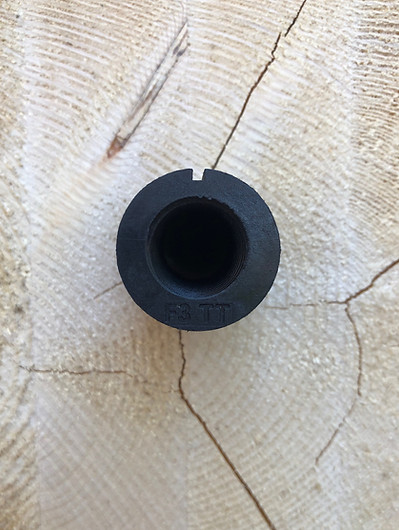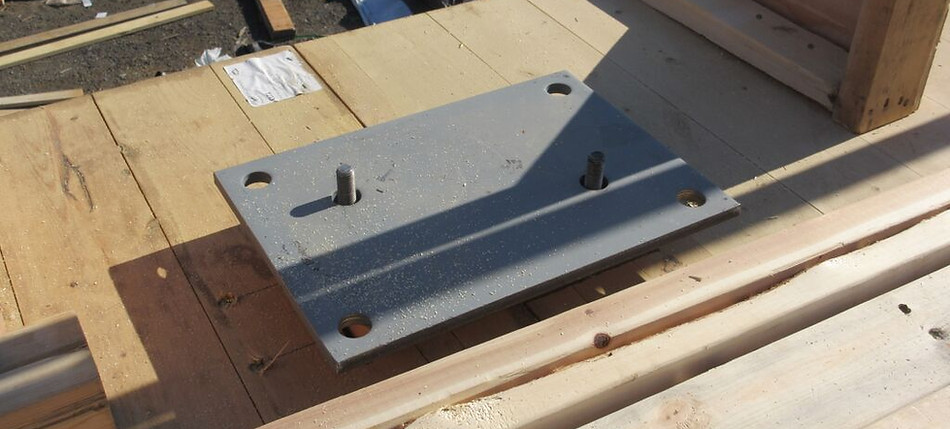Glued Rod Imbeds
The new standard when it comes to installing glued rods. The simplicity of the design allows rods to be epoxied on site just as accurately as in shop. Keeps rods centered in the holes, promotes even distribution of epoxy around the rod as it is spun in and prevents epoxy from escaping.
This component is not structural, however, it aids in the improved speed and quality of the installation making glued rods one of the best connection options.
Glued in rods have been used for many years already, however, there are challenges with proper installation and quality control. We have developed a system that simplifies installation while at the same time giving quality assurance and consistent engineered values.
The Problem: Current methods that overcome inherent challenges with glued in rods are not fast.
Gravity – Most of the time these connections are made horizontally, causing the rod to fall and the epoxy to sag allowing some of the epoxy to flow out of the opening.
Centring Rod in Hole – The holes are drilled in the timber to accurately line up with the steel or other piece of wood it is connecting to. The rods both need to stay centred in the hole and on centre with the other rods to maintain this accuracy.
Air Pockets – The correct volume of epoxy is first placed inside the hole and then the threaded rod pushed into it. Twisting motions often help ease the rod through the epoxy until the desired depth is reached. Despite good efforts, air pockets are hard to remove during installation.
Consistent Depth – It can be difficult to achieve a consistent depth between all threaded rods connected to the same end of material. On top of that, air pockets can again be problematic by causing outward force on the rods. If the rods are not restrained, they may be pushed out slowly during the cure time.
Speed of Installation – There are few methods of installing glued in rods that produce good quality outcomes, however, these methods are time consuming and not practical to do on site.
The Solution: A New Method
Fast & Easy Installation – A second hole with slightly larger diameter is drilled at the start of the rod hole. The GRI is hammered (friction fit) into the secondary hole.
Maintains Consistent Placement of Epoxy – The GRI creates a dam so the epoxy is unable to escape except for the groove along one side that provides relief for air and excess epoxy to escape.
Keeps Rod in Place & Centred in the Hole – The GRI has internal threads, centring the rod in the hole and keeping it at its proper on centre spacing. Spinning the rod through the GRI promotes a more consistent coverage of epoxy over the rod and reduces air pockets.





